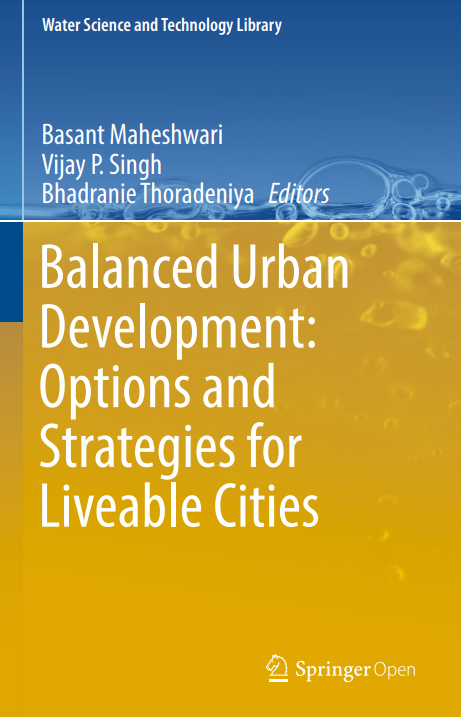Balanced Urban Development
Editorial: Springer Nature
Licencia: Creative Commons (by)
Autor(es): Maheshwari, Basant; [et al.]
The current world population is about seven billion, split almost evenly between rural and urban. Projections are that by 2050 the global population will increase to about ten billion. It is likely that the bulk of the increase will occur in urban population, perhaps due to migration from rural areas. The massive migration is and will be posing huge challenges with regard to water security, energy security, food security, transportation, housing, education, health services, protection from natural disasters, social tranquillity, economic opportunities and health of ecosystems. These challenges will be daunting for any government - local, state and national.
Already, migration of people from rural areas to urban areas is occurring at an accelerating pace, particularly in developing countries, such as Brazil, China, Egypt, India and Mexico. For the lack of space, urban development is moving into the countryside, eliminating much of the best farmland surrounding cities, and periurban areas are rapidly sprouting. In many countries, some of the highly valued natural resource assets, such as biodiversity, native vegetation, peri-urban agriculture, wetlands and waterways, occur in peri-urban landscapes. In view of the impacts of climate change, energy costs, rising world population and changing patterns of food consumption, the value of these assets will increase even further.
[Cham: 2016]
Compartir:
Una vez que el usuario haya visto al menos un documento, este fragmento será visible.


